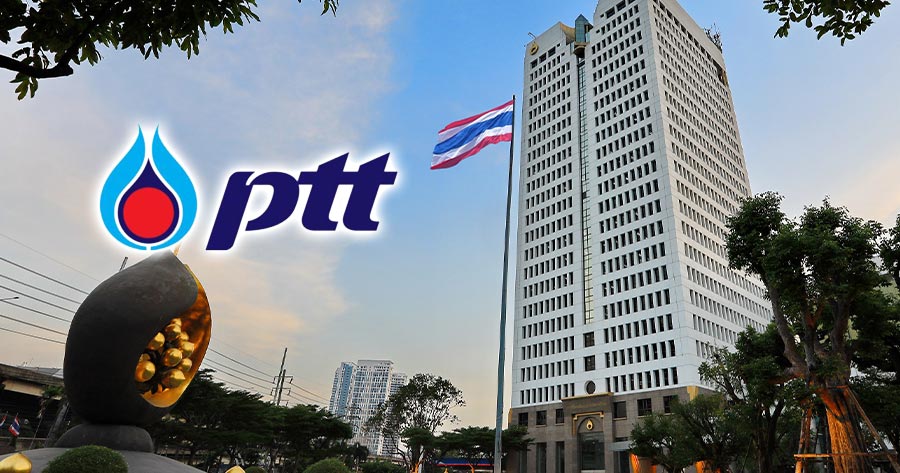Thailand’s state-backed energy conglomerate, PTT Group, has entered into a significant agreement to source two million metric tons of liquefied natural gas (LNG) annually for the next two decades from Glenfarne Group’s Alaska LNG project, Glenfarne announced late Monday.
PTT said the agreement underscores its ongoing assessment of the Alaska LNG project as part of its efforts to expand its LNG portfolio while shoring up the nation’s energy security. The deal comes as Thailand steadily ramps up LNG imports to address both surging power consumption and a decrease in local gas output, leading Thai authorities to enlarge the nation’s import infrastructure.
This development also aligns with a broader Thai government initiative to secure a trade accord with the United States, seeking to narrow the trade gap and avert possible retaliatory tariffs if an agreement with Washington is not reached by July 9.
Earlier this year, Finance Minister Pichai Chunhavajira disclosed Thailand’s strategy to increase LNG purchases from the U.S. over the coming five years, reflecting the country’s commitment to diversifying its energy sources.
The Alaska LNG project, a $44 billion venture once championed by U.S. President Donald Trump, is projected to supply roughly 3.5 billion cubic feet of gas daily from the vast North Slope reserves, targeting international exports, including Asian markets. The project requires construction of an 807-mile pipeline to convey gas from Alaska’s northern fields to customers across the Pacific, though a final investment decision is still pending.
“Glenfarne and Alaska LNG are pleased that PTT and the Thai government have realized the strategic security, cost, and stability advantages offered by the Alaska LNG project,” said Adam Prestidge, President of Glenfarne Alaska LNG, LLC. “With today’s agreement and previously announced agreements, Alaska LNG has now reserved 50 percent of its available third-party LNG offtake capacity to investment grade counterparties, and the project has overwhelming interest from additional counterparties globally.”
Alaska LNG’s economic and shipping fundamentals allow it to deliver LNG into Asia at prices that are lower than Henry Hub pricing from the U.S. Gulf Coast.





